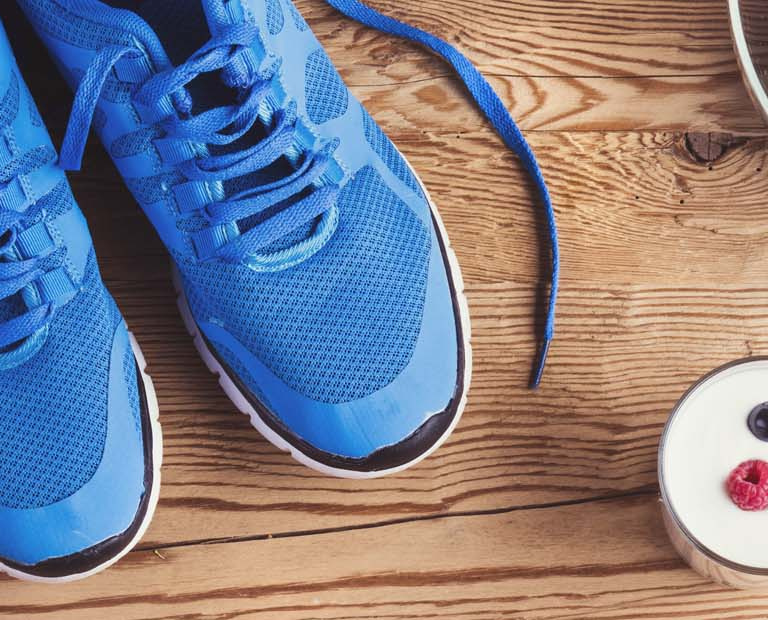Eating Guidelines for Exercisers – Nibble or Gorge?
4 minute readNutrition experts have pondered for a many number of years on the effects of meal timing and frequency on factors like blood glucose, blood lipids (fats), tooth decay, obesity, energy levels, mental and sports performance.
The knowledge and understanding in this area is somewhat confusing, largely because of the various ways in which researchers have reported the effects of food and fluid intakes. It has been noted that dietary surveys conducted by Nutritionists and Personal Trainers with their clients are fraught with errors. The biggest issue relating to the accuracy of these surveys is that people tend to under-report intakes, particularly when they want to appear to eat “better” than they actually do.
Regardless of the technique used to monitor and report on eating patterns, most experts will agree that the frequency and timing of food ingestion has a profound effect on a variety of physical (physiological) and mental (psychological) factors including short-term effects on blood glucose and blood lipid concentrations.
It is recommended that exercisers should consume food more frequently, typically 6-10 small meals per day; such frequencies will keep the metabolic flames “burning high” and compliment any exercise programme, regardless of its goal. For those exercising with weight management motives, this is most definitely the superior approach as keeping the metabolic rate high throughout the day is central to any weight loss programme. When moderate amounts of food are ingested regularly, there is a “thermic effect” which results in a greater energy expenditure; this could be likened to adding more wood to a fire. When too much wood is added, the flames are suffocated and less energy is released from the fire.
It would therefore appear practical to adopt a pattern of “grazing” small- to moderate-size meals and snacks more frequently throughout the day, rather than risk the lethargy and discomfort of gorging on a few very large meals. Clearly the exerciser must be able to fit these recommendations into their daily schedule or they will have little impact or effect. Like any behavioural change, careful planning and negotiation between the client and Nutritionist or Personal Trainer will be necessary.
The timing of carbohydrate intake before, during and after exercise is also important, especially when exercise is performed over a prolonged period of time.
Fuelling up before exercise is important to ensure sufficient energy is available however exercisers should avoid sugar or other carbohydrates in the hour before exercise. Ingesting carbohydrates during this period will provoke an insulin spike, which in turn will lower blood glucose levels. When exercise commences and more insulin is released, blood glucose will be lowered to a level that is detrimental to ones exercise performance (hypoglycaemia).
Consuming carbohydrates during exercise is also an important strategy for exercisers or those training for endurance events. Endurance exercisers and athletes are recommended to consume sufficient carbohydrate early in exercise rather than waiting for the onset of fatigue. Early intake is also crucial to the recovery process because an immediate intake of carbohydrate will enhance the restoration of muscle glycogen (glucose storage in the liver and muscle); this will clearly be an important consideration when preparing for the next training session.
The bottom line is that the traditional “3 square meals” a day benchmark that most people strive for is detrimental to the exerciser’s performance and the realisation of their goals. Research has proven time and time again that eating more frequently does not increase the risk of obesity or affect the nutritional value of one’s diets when the meals are sensible and balanced.
It should however be acknowledged that it is incredibly difficult to get people to change the way they eat for a variety of social, emotional, physiological, cultural, and practical needs. Despite preaching the extensive benefits of “healthy eating”, human beings appear to be creatures of habit who resist dramatic and long-term changes. Thus, the best approach to adopt when encouraging any lifestyle change is small changes introduced over a longer period of time.
Back to articlesSubscribe to our newsletter
Step inside the world of health and fitness
Great news, you're on the list...

